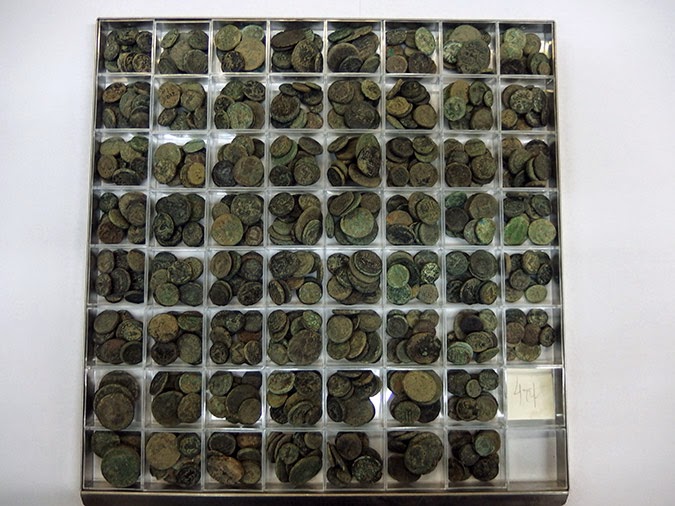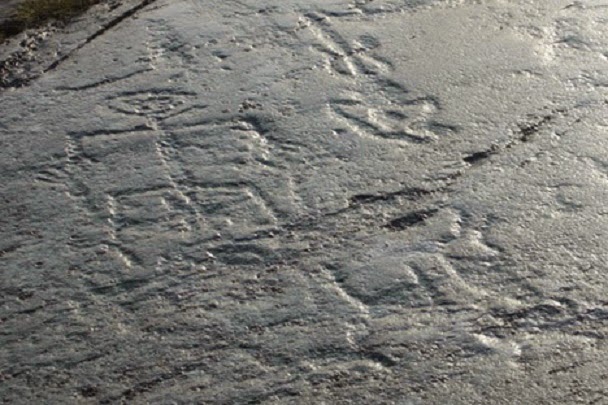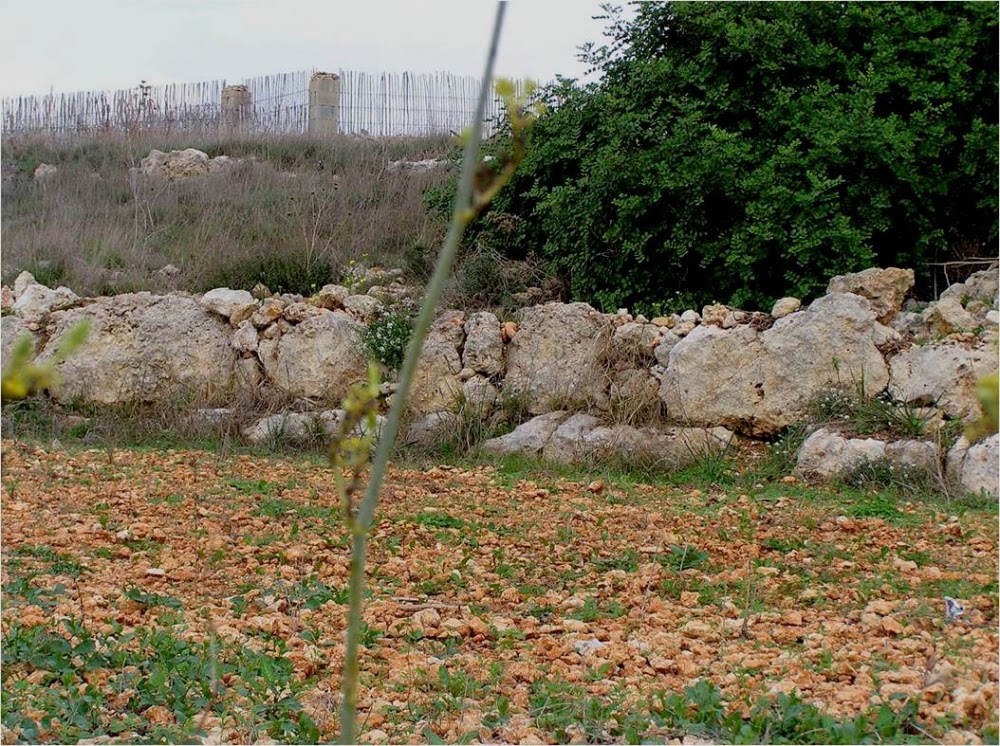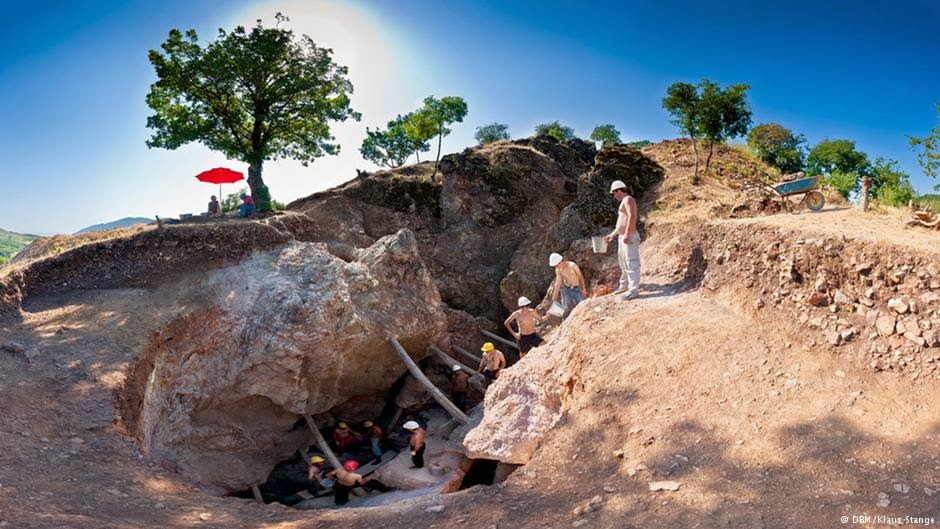Merry Wanderer of the Night:
Europe
Theseus Ring goes on display for the first time
Southern Europe: Europol seizes hundreds of smuggled Egyptian artefacts

Heritage: 2,607 ancient Greek coins repatriated from Germany

Italy: Italy unveils record haul of looted antiquities

Heritage: Gothic Abbey in Northern Cyprus falling apart

Heritage: Looted antiquities seized in northern Greece

UK: British Museum considers more ‘Elgin Marbles’ loans
Heritage: Petroglyphs in north Russia covered with glass dome

UK: Medieval coin hoard found in farmer's field

Italy: Italy looks for help with heritage management

Italy: Guilty thieves return ancient objects to Pompeii

Malta: 50 new sites in Malta scheduled for protection

UK: Archaeologists slam Stonehenge tunnel plan

Italy: Verona's amphitheatre to be restored

Heritage: Sanctuary of Asclepius in Epidaurus to get a makeover

Georgia: Ancient Georgian site pits locals against big business

Italy: Taxes and costs, 70 Italian castles on sale

UK: Christie’s artefacts linked to organised crime

UK: New light for old master paintings

UK: Court examines Libyan sculpture at British Museum


